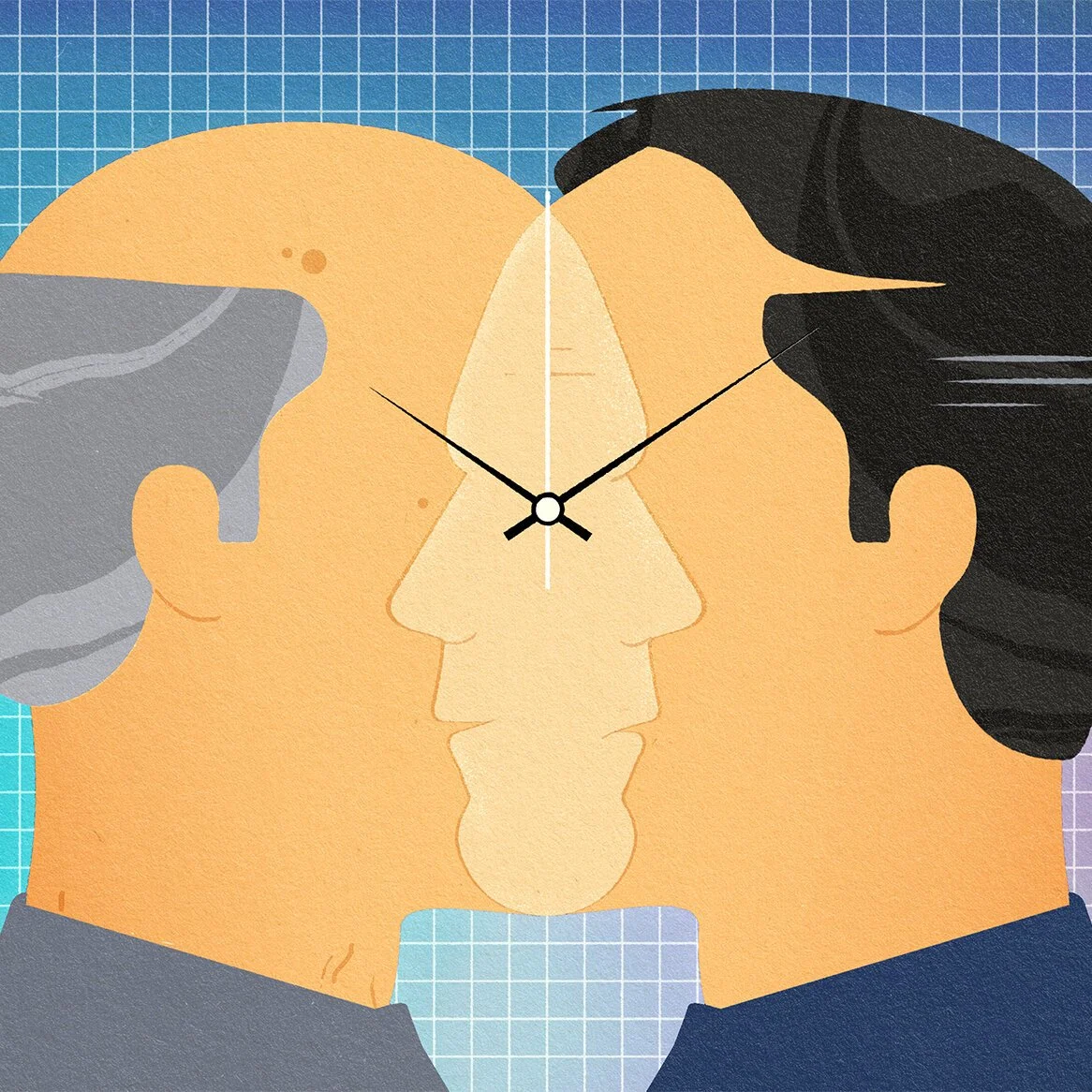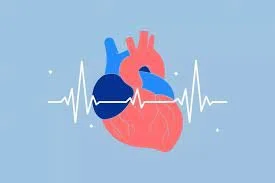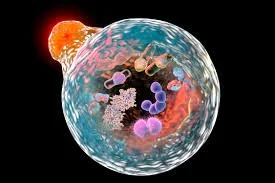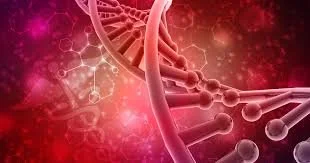Key Longevity Markers to Measure
-

Biological Age vs Chronological Age
Your chronological age is simply how many years you’ve been alive. Your biological age, however, is a measure of how old your body actually functions at a cellular level. Two people who are both 50 years old may have completely different biological ages depending on their lifestyle, diet, stress levels, and genetic expression.
-

Heart Rate Variability
Heart Rate Variability (HRV) is one of the best indicators of overall longevity and nervous system health. It measures the variation in time between each heartbeat—higher variability indicates greater adaptability and resilience.
-

Pulse Wave Velocity
Pulse Wave Velocity (PWV) measures arterial stiffness and is a direct indicator of cardiovascular age. Higher stiffness = greater cardiovascular risk and faster aging. Lower PWV = healthier, more flexible arteries, meaning a younger vascular system.
-

Muscle Mass
Muscle mass isn’t just about aesthetics—it’s one of the strongest predictors of longevity. Studies show that higher muscle mass is directly linked to a longer lifespan and lower disease risk (JAMA, 2018). Sarcopenia (muscle loss with age) is one of the leading causes of frailty and early death.
-

Autophagy
Autophagy is your body’s cellular cleanup process, where damaged cells and proteins are recycled. Low autophagy is linked to faster aging and increased disease risk. Optimizing autophagy can extend lifespan, enhance brain function, and reduce inflammation.
-

Hormones
Hormonal balance is a crucial factor in longevity—imbalances in testosterone, estrogen, cortisol, or insulin accelerate aging and increase disease risk.
